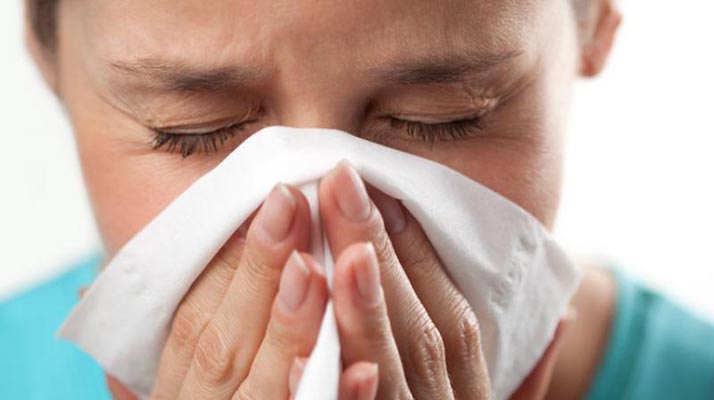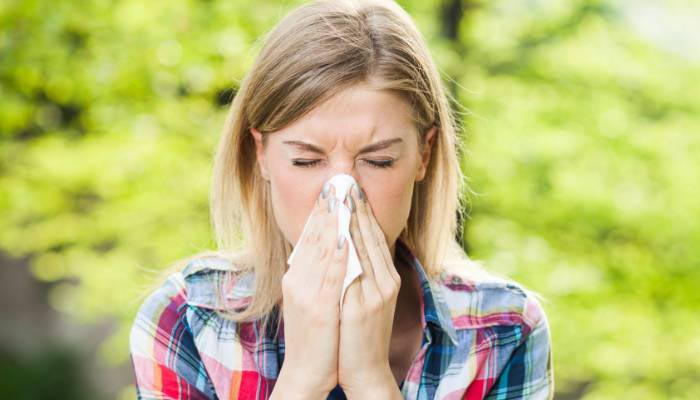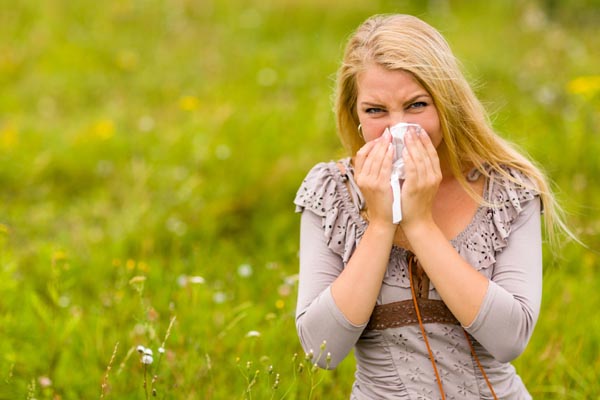
Home is a place most people consider to be a haven of comfort and relaxation. However, individuals suffering from dust allergies may find it difficult to find comfort in their own house, especially if it is a place where uncomfortable symptoms of their condition are triggered.
While regular cleaning is one way to get rid of allergens, common cleaning tasks like dusting, sweeping, and vacuuming around the house actually tend to make matters worse. This is because dust particles and other forms of allergens are stirred and become air-borne during cleaning.
Fortunately, managing your dust allergies isn’t impossible. You only need to make a habit of certain healthy practices to make sure that your dust allergies stay dormant.
How to Tell If You’re Allergic to Dust
Like other medical conditions, allergies are primarily diagnosed based on the symptoms that go with them. For dust allergies, you may experience a stuffy or runny nose, itchy or watery eyes, shortness of breath, wheezing, coughing, and a general itch in your body.
Aside from knowing those, it also helps to know which specific particles trigger your condition. Based on facts about allergies, dust per se doesn’t trigger a reaction from the human immune system. Rather, it was found that dust mites and other microscopic allergens that spread with the dust ignite allergic reactions which may flare up all year-round.
If you think you have this type of allergy, you’ll most likely experience the symptoms mentioned above when you come in contact with:
- Molds
- Dust mites
- Pollen
- Cockroaches
- Pet fur, hair or feathers
5 Healthy Practices for Better Dust Allergy Management
After verifying your dust allergies, it is time for you to learn about five healthy practices recommended for optimal dust allergy management.
1. Control Indoor Allergens
Allergens found on surfaces indoors can trigger allergic reactions and, inadvertently, remove the sense of comfort you should be feeling when staying at home.
Below is a list of items that may contain particles that cause allergies and some recommendations on how you can make them allergen-free:
-
Pet fur or feather –
Pets should be kept at a distance if you have allergies as their fur, hair, or feathers tend to collect dust, pollen, and other types of If you cannot keep your pets outside the house, take precautionary measures to ensure that they don’t trigger your allergies by not allowing them on the sofa or your bed. Bathing and grooming them regularly and showering after petting animals can also help.
-
Carpets –
Carpetsare pleasing to the eye, but allergic people would be better off without them. Instead of wall-to-wall carpeting, go for hardwood flooring or any alternative material. If you must have a carpet, pick one that is made from low pile material and have it deep cleaned by professionals periodically.
-
Soft furniture –
Sofas and couches, as well as pillows and mattresses, tend to collect dust and microscopic particles because of their soft and supple texture. Replace soft furniture that is overstuffed and ditch pillow containing duck You can also put plastic covers over mattresses and pillows for good measure.
-
Stuffed toys –
Like soft furniture, stuffed toys also collect allergens on their surfaces and can be difficult to clean. Remove them altogether, especially from your bed.
-
Damp areas and clothes –
Areas that are often damp may foster mold growth that can also trigger allergies. To avoid this, use a dehumidifier in your basement and other places that are high in moisture. Also, make sure you air out damp clothes before storing them inside the house.
-
Indoor plants –
Plants also encourage mold growth, so make sure not to put one too many indoors if you have allergies.
2. Protect Yourself When Performing Home Maintenance Tasks
When you’re allergic to dust, keeping your home clean is of utmost importance. However, you must make sure that you protect yourself from allergens if you’re doing the cleaning.
To remove dust particles in the house, vacuuming at least twice weekly using a vacuum with a HEPA filter is strongly recommended. Make sure you wear a mask – preferably one with an N95 filter – when doing so.The same goes for other home maintenance tasks like painting, mowing the lawn, and gardening as these can stir up pollen, mold, and dust.
If someone else is cleaning, ask them to avoid doing so at night. If possible, have cleaners perform their job while you’re not in the house.
3. Steer Clear of Smoke
Smoking should never be allowed inside an allergic person’s house. Also, it is imperative that you have a working exhaust fan above the stove in the kitchen to prevent the cooking fumes from sticking to upholstery and spreading inside the house.
4. Keep the Doors and Windows Shut and Use Your AC
Always close the windows and doors to prevent pollen and dust from getting inside the house.
If it’s too warm, turn on your air conditioning unit. The AC will also help reduce moisture in the air and, thus, prevent mold growth indoors. It will also help control dust mites and other allergens from spreading.
Also, remember to clean the AC regularly. Change the filters periodically to make sure that they continue keeping your home allergen-free.
5. Get Rid of Cockroaches
Controlling cockroaches is also necessary to avoid triggering your dust allergies. To do so, you must never leave trash and food uncovered as doing so will attract insects into your home. If you already have a roach problem, use traps and poison baits instead of spraying chemicals as the latter can cause asthma and irritate your sinuses.
Effective allergy management entails having a clean home and a healthy lifestyle.
Cleanliness should always be your priority but remember to be prepared in case of allergy attacks by always having your emergency medication within reach.




